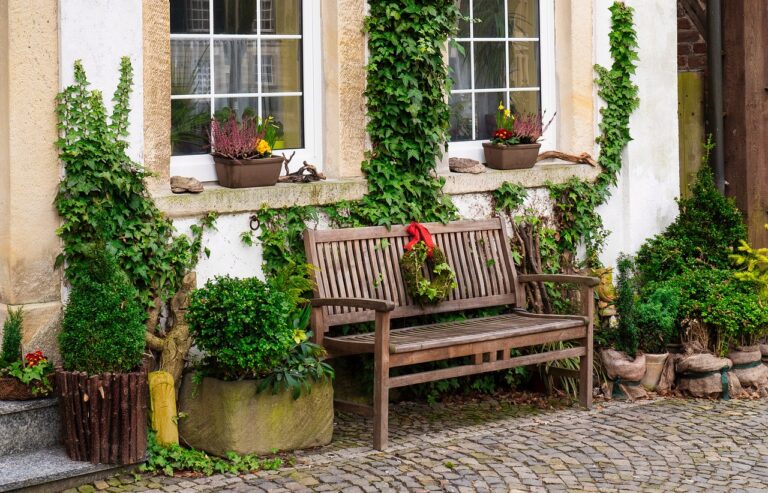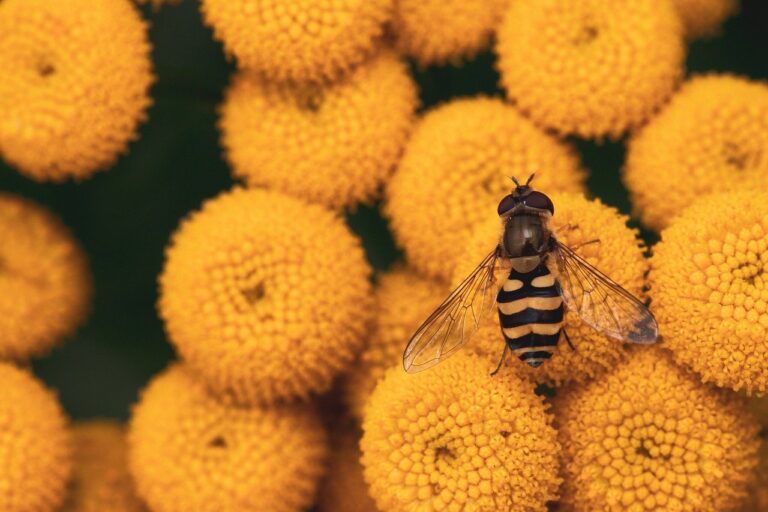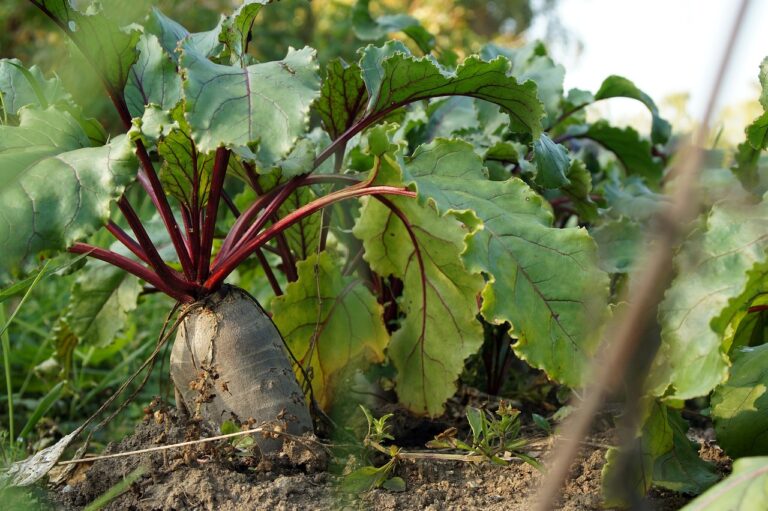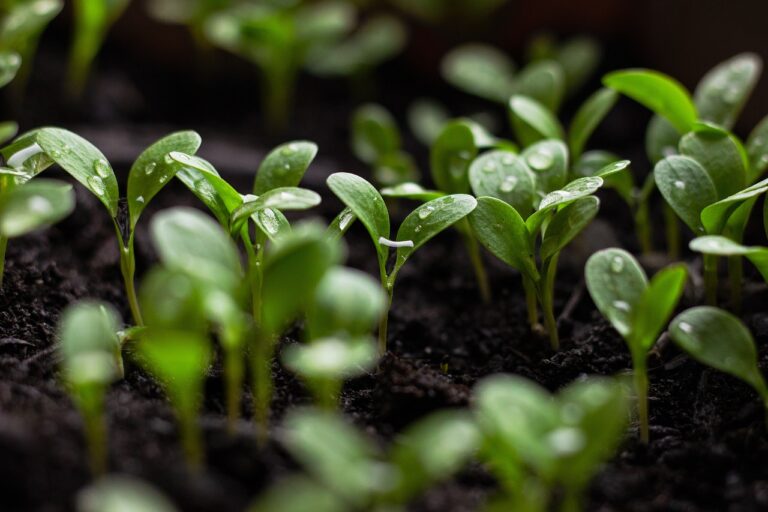How to Choose the Right Plants for Your Garden: A Comprehensive Guide
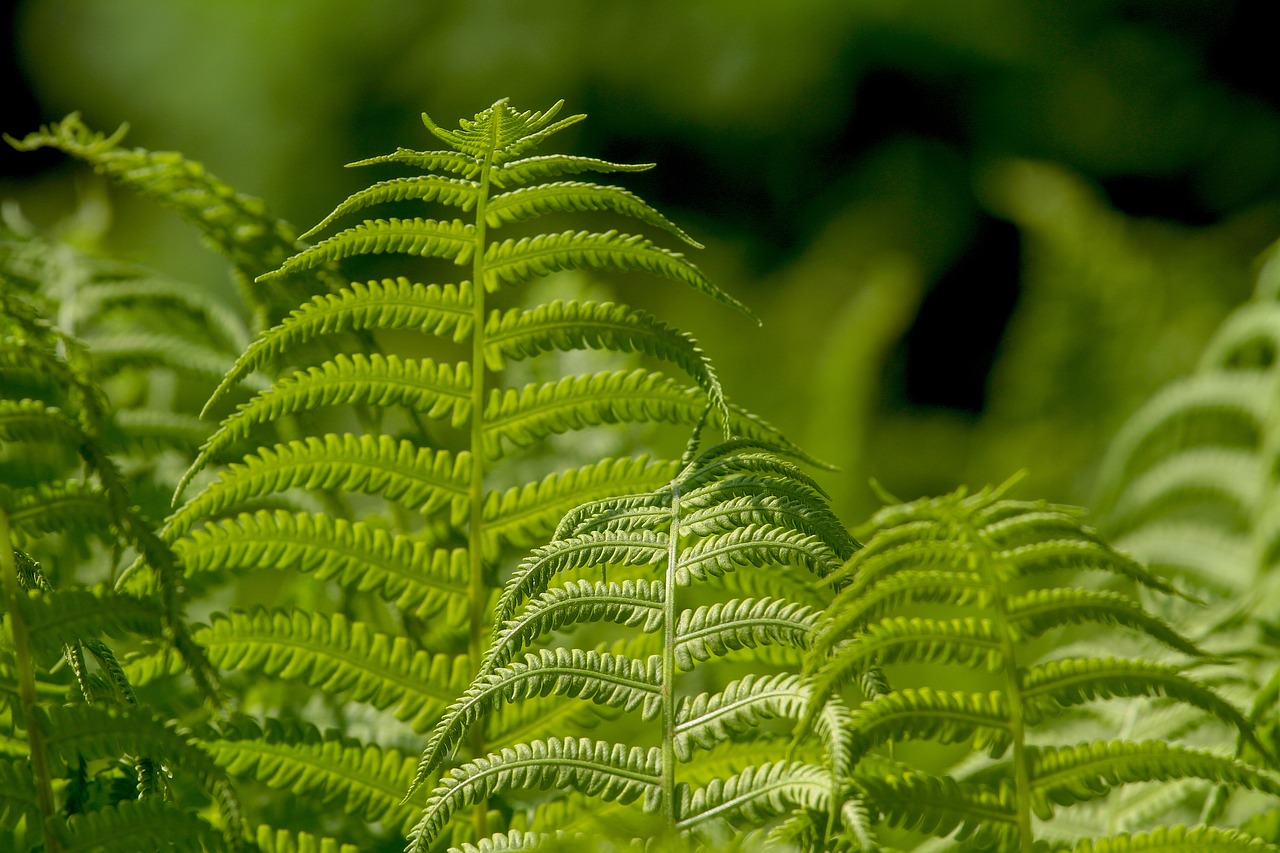
Selecting the right plants for your garden is a critical step in creating a thriving outdoor space. The right plants can ensure a beautiful, productive, and low-maintenance garden. Here are key factors to consider when choosing plants for your garden:
Assess Your Garden’s Conditions
Understanding the specific conditions of your garden is the first step in selecting the right plants. Different plants have varying needs in terms of light, soil, moisture, and climate. Here’s what to assess:
- Sunlight: Observe how much sunlight different areas of your garden receive throughout the day. Some plants need full sun (6-8 hours of direct sunlight), while others thrive in partial shade or full shade.
- Soil Type: Determine your soil type by conducting a simple soil test. Soil can be sandy, clay, loamy, or a combination. Each type has different drainage properties and nutrient levels.
- Climate: Consider your local climate and growing season. Some plants are suited to specific climate zones, so check the USDA Hardiness Zone Map or your local gardening zone.
- Water Availability: Understand how much water your garden can receive, either from rainfall or irrigation. Some plants require consistent moisture, while others are drought-tolerant.
Determine Your Garden’s Purpose
Think about what you want to achieve with your garden. Your goals will influence the types of plants you choose:
- Aesthetic Appeal: If you’re aiming for a visually appealing garden, consider plants with attractive flowers, foliage, or seasonal colors. Think about design principles like height, texture, and color combinations.
- Edible Garden: If you want to grow your own food, focus on vegetables, fruits, and herbs suited to your climate and soil. Consider your culinary preferences and space availability.
- Wildlife Habitat: To attract wildlife like birds, bees, and butterflies, choose native plants and those that provide nectar, seeds, and shelter.
- Low Maintenance: If you prefer a low-maintenance garden, opt for perennials, native plants, and drought-tolerant species that require minimal care.
Research Plant Requirements
Once you have an understanding of your garden’s conditions and purpose, research plants that will thrive in those conditions. Look at the following plant requirements:
- Light Requirements: Match the plant’s light needs with the sunlight availability in your garden.
- Water Needs: Ensure the plant’s water requirements align with your garden’s moisture levels.
- Soil Preferences: Choose plants that are compatible with your soil type and pH level.
- Growth Habits: Consider the plant’s growth rate, mature size, and spreading habits to ensure it fits well in your garden space.
- Hardiness Zone: Select plants that are hardy in your local climate zone to ensure they can survive seasonal temperature variations.
Plan for Seasonal Interest
A well-planned garden can provide visual interest throughout the year. Choose a mix of plants that bloom at different times and offer varying textures and colors in different seasons. Here’s how to plan for year-round appeal:
- Spring: Look for early bloomers like tulips, daffodils, and crocuses to add color after winter.
- Summer: Select plants with vibrant and long-lasting blooms, such as roses, petunias, and sunflowers.
- Fall: Incorporate plants with fall foliage colors like maples, asters, and chrysanthemums.
- Winter: Choose evergreens, ornamental grasses, and plants with interesting bark or seed heads to add winter interest.
Consider Companion Planting
Companion planting involves strategically positioning plants that benefit each other when grown together. Some plants complement each other by attracting beneficial insects, repelling pests, or improving soil health. Here are a few examples:
- Tomatoes and Basil: Basil can repel certain pests that affect tomatoes and improve their flavor.
- Carrots and Onions: Onions can deter carrot flies, while carrots can benefit from the protective presence of onions.
- Marigolds and Vegetables: Marigolds can attract beneficial insects and repel harmful nematodes, making them great companions for various vegetables.
Visit Local Nurseries and Gardening Centers
Local nurseries and gardening centers are valuable resources when choosing plants for your garden. The staff can offer expert advice, and you can see the plants up close to assess their health and quality. Look for plants with healthy foliage, no signs of pests or diseases, and well-developed root systems.
Supporting local nurseries can also provide access to native plants and species that are well-adapted to your region’s conditions.
Start Small and Scale Up
If you’re new to gardening or experimenting with new plants, start small and scale up gradually. Begin with a few plants to see how they perform in your garden conditions. This approach lets you learn from experience, make adjustments, and expand your garden confidently over time.
Follow Planting and Care Guidelines
Following planting and care guidelines is crucial for the success of your garden. Each plant has specific requirements for planting depth, spacing, watering, fertilizing, and pruning. Adhere to these guidelines to ensure healthy growth and minimize problems.
Regularly monitor your plants for signs of stress, pests, or diseases. Promptly address any issues to prevent them from spreading.
In conclusion, choosing the right plants for your garden involves assessing your garden’s conditions, determining your purpose, researching plant requirements, planning for seasonal interest, considering companion planting, visiting local nurseries, starting small, and following planting and care guidelines. By selecting the right plants and providing proper care, you can create a beautiful, thriving garden that brings joy and satisfaction. Happy gardening!

